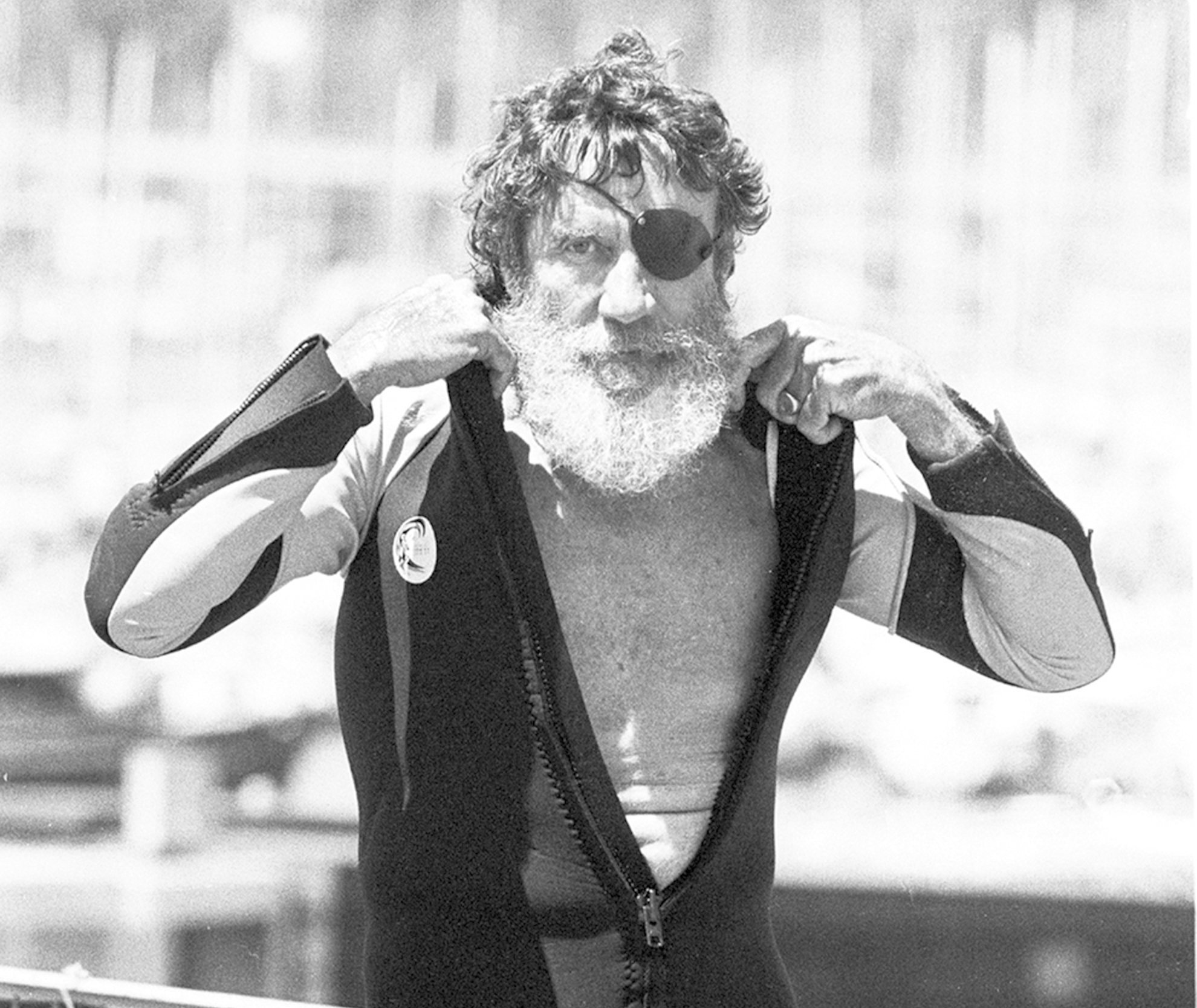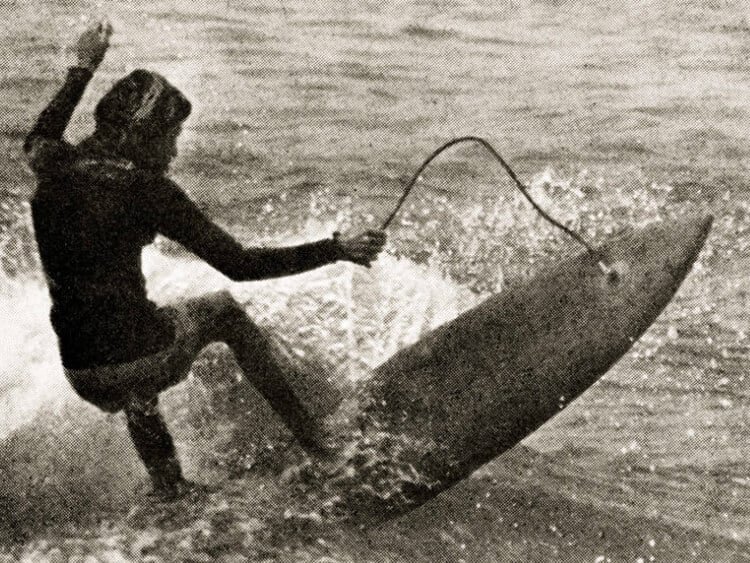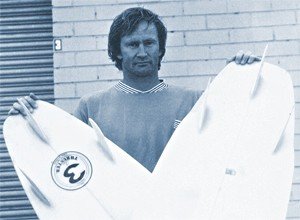Surfing's Evolutionary Saga: Unveiling the Origins and Transformations - Part 1
Introduction
Embark on a spellbinding journey through the storied waves of surfing history. In this first installment of our two-part series, we delve into the ingenious breakthroughs that shaped the essence of surfing. From the ancient Polynesian shores to the sunny beaches of California, these innovations are not just about technology; they are tales of passion, persistence, and the endless pursuit of harmony with the ocean.
Wooden Surfboards: The Ancestral Craft
Our story begins centuries ago, with the ancient Polynesians, who not only invented surfing but also crafted the first surfboards from the sacred Koa tree. These hefty boards, some stretching up to 24 feet, were more than mere sporting tools; they were spiritual companions, central to rituals and a symbol of social status. Riding these heavy boards required skill and deep understanding of the ocean, a testament to the surfer's bond with the sea.
Delve into the rich history of Polynesian surfing
Fiberglass Surfboards: The Modern Wave
The advent of fiberglass in the 1940s marked a revolution in surfboard design. These new boards, lighter and more durable than their wooden ancestors, opened the door to a new era of surfing. Surfing was no longer just a battle against the waves; it became a dance. Fiberglass allowed for sleeker designs and the ability to carve through the water with grace and speed, a far cry from the straight, cumbersome rides of wooden boards.
Polyurethane Foam Cores: Surfing's Lightweight Leap
In the 1950s, the introduction of polyurethane foam cores, spearheaded by Gordon "Grubby" Clark, marked a significant advancement. These cores lightened the surfboard, making it more buoyant and maneuverable, a dream for surfers aspiring to push their limits. Clark's innovation, born out of tireless experimentation, laid the foundation for modern surfboard design. His take on the process, "It’s dirty, messy, and hard,", reflects the grit behind this pivotal development.
Neoprene Wetsuits: Surfing's Cold Water Armor
The creation of the neoprene wetsuit by Jack O'Neill in the 1950s was nothing short of revolutionary. Before wetsuits, cold waters were a formidable barrier, limiting surfing to warmer climates or seasons. O'Neill's invention changed that, introducing a new level of comfort and extending the surfer's playground to the entire year and the globe. Greg Heller from Surfline.com describes the impact: "Sales were brisker than the afternoon onshore winds... Onlookers were stunned and overnight surfing became a year-round affair".
The Surf Leash: A Tale of Safety and Convenience
The surf leash, a simple yet significant invention by Pat O'Neill in 1971, transformed surfing safety. This innovation, a cord attaching the board to the surfer, prevented injuries from runaway boards and saved countless surfers from the peril of chasing their boards ashore. Today, the surf leash comes in various forms, from the lightweight competition leash to the sturdy big-wave leash, each designed for specific surfing conditions.
Thruster Fin System: The Turn of Performance
Simon Anderson's creation of the thruster fin system in the 1980s was a momentous step forward. By adding a third fin to the existing twin-fin setup, Anderson achieved a balance of stability and maneuverability that revolutionized high-performance surfing. Initially met with skepticism, the thruster system proved its worth in competitions, forever altering the landscape of surfboard design and performance. The thruster fin setup is now a staple in surfboards worldwide, a true testament to Anderson's vision.
Conclusion
In this first part of our series, we've journeyed through the early chapters of surfing's innovation saga, exploring the tangible and intangible impacts these advancements have had on surf culture and the sport itself. As we anticipate the next installment, we look forward to uncovering more groundbreaking developments that continue to shape the surfing world. Stay tuned for Part 2, where we dive deeper into the waves of change.






